João Cordeiro
Detection of Dangerous Events on Social Media: A Perspective Review
Apr 04, 2022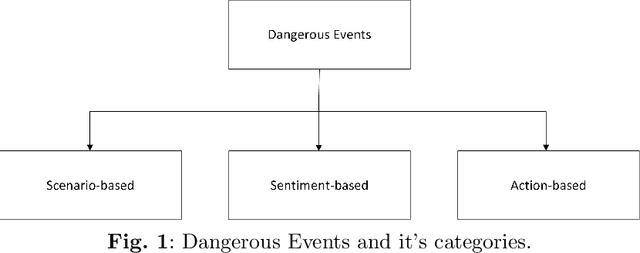

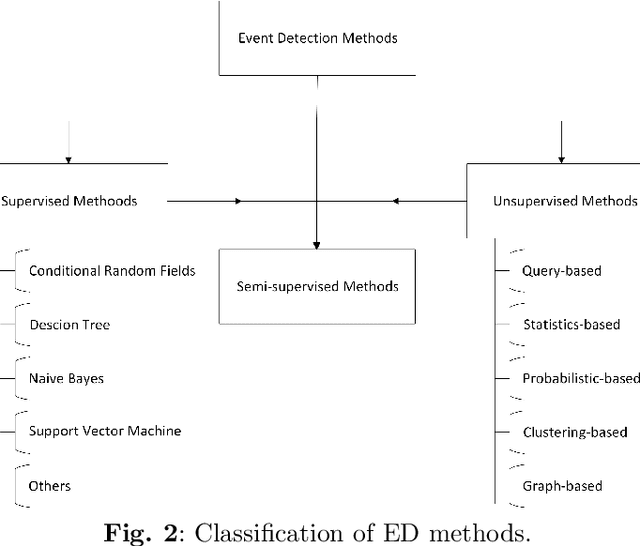
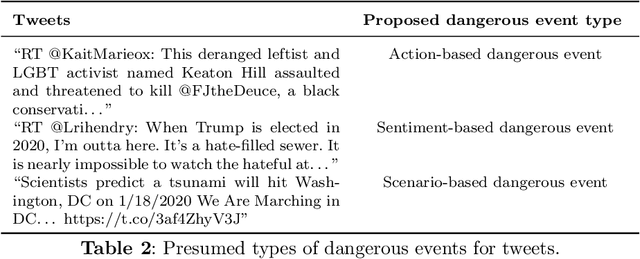
Abstract:Social media is an essential gateway of information and communication for people worldwide. The amount of time spent and reliance of people on social media makes it a vital resource for detecting events happening in real life. Thousands of significant events are posted by users every hour in the form of multimedia. Some individuals and groups target the audience to promote their agenda among these users. Their cause can threaten other groups and individuals who do not share the same views or have specific differences. Any group with a definitive cause cannot survive without the support which acts as a catalyst for their agenda. A phenomenon occurs where people are fed information that motivates them to act on their behalf and carry out their agenda. One is benefit results in the loss of the others by putting their lives, assets, physical and emotional health in danger. This paper introduces a concept of dangerous events to approach this problem and their three main types based on their characteristics: action, scenarios, and sentiment-based dangerous events.
An AutoML-based Approach to Multimodal Image Sentiment Analysis
Feb 16, 2021
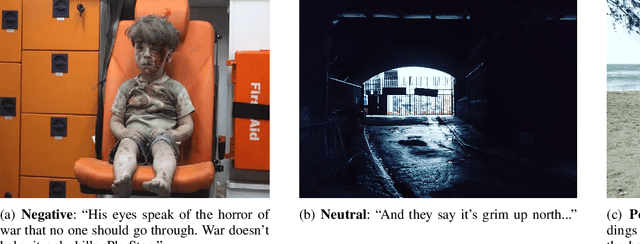
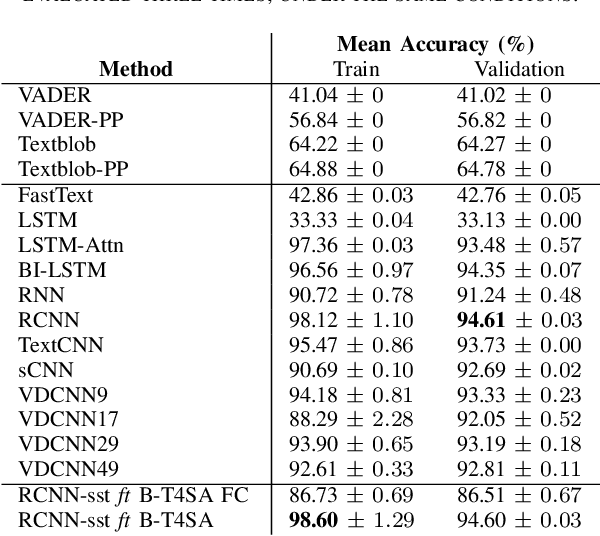

Abstract:Sentiment analysis is a research topic focused on analysing data to extract information related to the sentiment that it causes. Applications of sentiment analysis are wide, ranging from recommendation systems, and marketing to customer satisfaction. Recent approaches evaluate textual content using Machine Learning techniques that are trained over large corpora. However, as social media grown, other data types emerged in large quantities, such as images. Sentiment analysis in images has shown to be a valuable complement to textual data since it enables the inference of the underlying message polarity by creating context and connections. Multimodal sentiment analysis approaches intend to leverage information of both textual and image content to perform an evaluation. Despite recent advances, current solutions still flounder in combining both image and textual information to classify social media data, mainly due to subjectivity, inter-class homogeneity and fusion data differences. In this paper, we propose a method that combines both textual and image individual sentiment analysis into a final fused classification based on AutoML, that performs a random search to find the best model. Our method achieved state-of-the-art performance in the B-T4SA dataset, with 95.19% accuracy.
 Add to Chrome
Add to Chrome Add to Firefox
Add to Firefox Add to Edge
Add to Edge